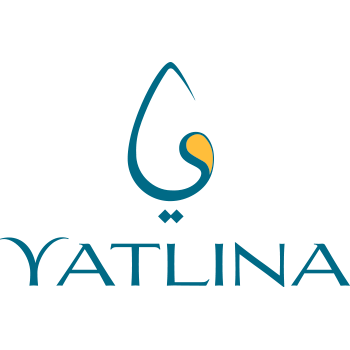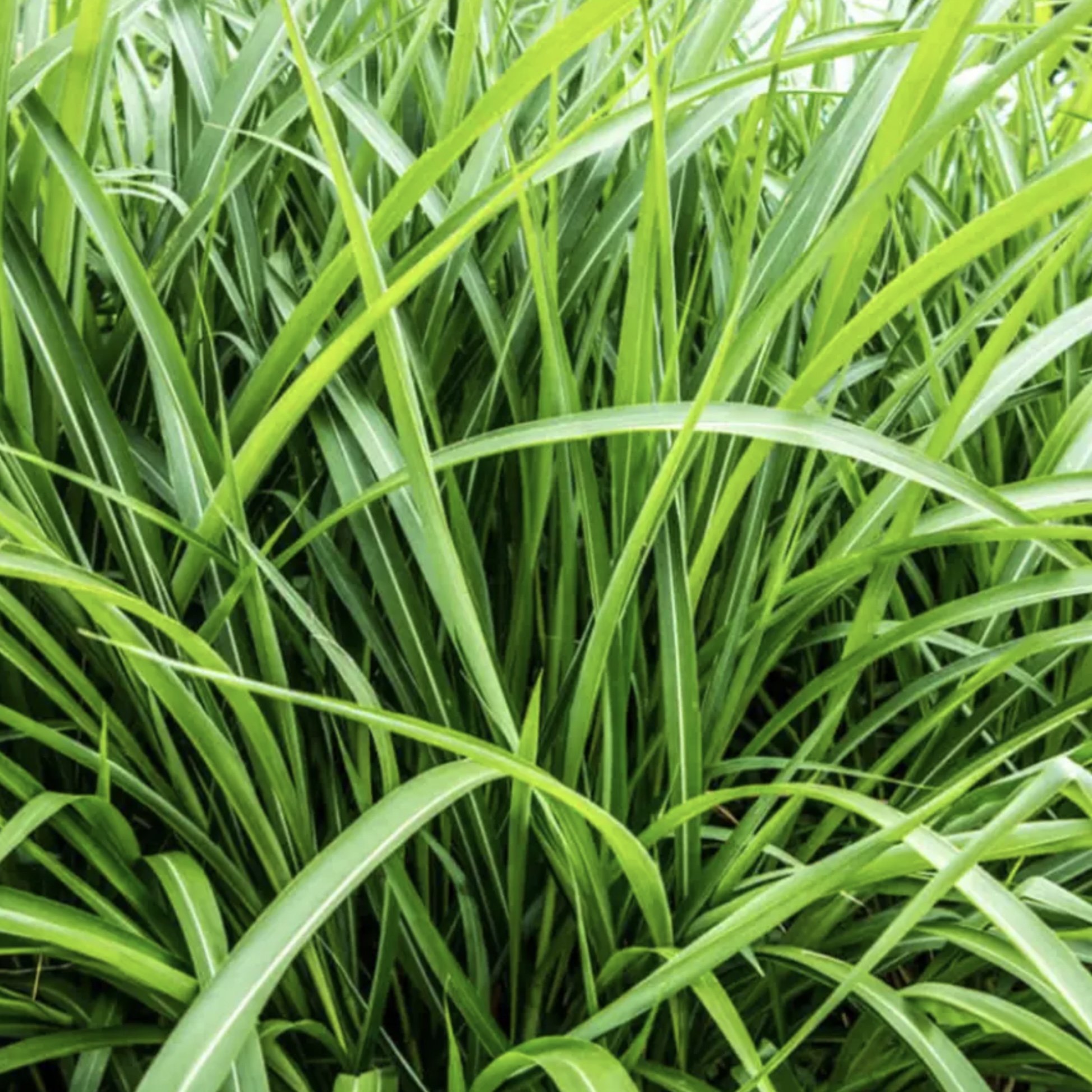Using Essential Oils to Ease Panic Attacks
“Panic attacks are the experience of extreme fear but without any fear-inducing stimulus.” Dr Andrew Huberman
What are Panic Attacks
Panic attacks can be a terrifying experience for those who suffer from them. They can strike unexpectedly, causing intense feelings of fear and anxiety.
Some of the most common symptoms include
Increased heart rate
Shallow breathing
A sense of impending doom
Gut upset
Dizziness
Finding effective interventions and coping mechanism is crucial for those who experience panic attacks regularly. When you understand how a panic attack affects you physically and emotionally, you can see why an aromatherapy intervention can potentially help.
How Essential Oils Work
Essential oils are highly concentrated plant extracts known for their therapeutic benefits. When inhaled, the tiny molecules in essential oils can pass through the blood-brain barrier and directly affect the limbic system, which regulates emotions and behaviour. This makes inhalation of essential oils one of the fastest, most effective ways to reduce anxiety and promote relaxation.
You can think of them as circuit breakers that can interpret signals that tell your brain there is a dangerous situation, and you need to be on high alert.
The HPA Axis, Vagus Nerve and the Physiological Sigh
The vagus nerve is a major nerve that runs from the brain to the abdomen. It is a vital component of the parasympathetic nervous system, which promotes relaxation and reduces stress, often referred to as the “rest and digest”. When the vagus nerve is activated, it can lead to a decrease in heart rate and blood pressure and an increase in feelings of calm and relaxation.
The HPA (hypothalamic-pituitary-adrenal) axis
HPA is a complex system crucial to our body’s stress response. It involves the interaction between three major organs: the hypothalamus, the pituitary gland, and the adrenal glands.
In our body, that helps us respond to stress by releasing a hormone called cortisol. Cortisol is a good thing in small amounts, but too much can harm our physical and mental health. People with panic disorder may have a hypersensitive HPA axis, leading to excessive cortisol production and an overactive stress response, making it harder to manage their anxiety.
The physiological sigh is a deep double breath and long exhale we take every few minutes without realising it. It helps us to regulate our breathing and maintain proper oxygen and carbon dioxide levels in our body.
Connecting it all
The body has a system to handle stress called the HPA axis, and it can cause the body to release stress hormones. The vagus nerve is a nerve that helps the body relax, and it can work against the HPA axis to reduce stress. Taking a deep breath, called a physiological sigh, can help activate the vagus nerve, reducing stress and making the body feel more relaxed.
Most panic attacks, although made worse by a chemical imbalance, have a mental trigger associated. Almost every issue has some flavour of not feeling safe.
Combining Essential Oils and Breathing Techniques for Panic Attacks
Some evidence suggests that inhaling certain essential oils may reduce stress and anxiety by activating a relaxation response in the body. This is thought to happen by stimulating the olfactory system in the brain, which can then help reduce activity in the part of the nervous system that causes stress.
Some of the best essential oils for panic attacks include
Neroli
(Citrus aurantium amara) - Can help with sudden feelings of doom and accompanying distress. It enables you to feel secure and calm.
Sweet Orange
(Citrus sinensis) - With its bright and fresh warm scent, it helps to shine a light into the darkness of your emotions and makes you feel positive and confident
Bergamot
(Citrus bergamia) is a zesty, uplifting scent that inspires positivity and calmness. It is excellent in stressful situations and for centring your thoughts.
Scots Pine
(Pinus sylvestris) - brings a refreshing and expansive scent wherever you are, making you take deeper breaths and helping with tension to calm your muscles and ease your breathing.
Vetiver
(Chrysopogon zizanioides) - soothing and grounding to the physical and emotional body. It can help ease away racing thoughts and bring tranquillity to your mind.
Lavender
(Lavandula angustifolia) - has a calming effect on the nervous system and helps reduce anxiety and stress levels.
How to use these essential oils and techniques
These oils have been shown to promote relaxation and reduce anxiety. Proper breathing techniques, such as diaphragmatic breathing, can help to activate the parasympathetic nervous system and reduce stress and anxiety.
Personal Inhalers
Add 10-20 drops of a single oil or a combination of oils to your cotton wick and use your inhaler as directed.
Aroma Patches
Use a pre-scented aroma patch with an aroma you enjoy to give you up to 8 hours of personal scent space to gently and discreetly surround yourself anywhere.
You can also add the essential oils to a room diffuser and follow the manufactures instructions.
Combining personal inhalers and aroma patches while practising proper breathing techniques can enhance the effects and give extended-lasting benefits.
Conclusion
Aromatherapy intervention through inhalation is a promising option for those who suffer from panic attacks. Combining the benefits of essential oils and proper breathing techniques can reduce anxiety and promote relaxation. The psychological sigh is one technique that is particularly effective in activating the parasympathetic nervous system. When experiencing a panic attack, using a personal inhaler or aroma patch with appropriate essential oils and practicing proper breathing techniques can be a fast and effective way to find relief.
-----------------------------
If you would like to find out more or consult with a professional aromatherapist to personalise a plan or blend, please get in touch through the website or DM on social media to discuss further. Links below.
-----------------------------
References and further reading
Braden, R., Reichow, S., & Halm, M. A. (2009). The use of the essential oil Lavandin to reduce preoperative anxiety in surgical patients. Journal of Perianesthesia Nursing, 24(6), 348-355.
Kim, S. A., Kang, P., & Lee, H. (2019). Aromatherapy for managing preoperative anxiety in adults: A systematic review and meta-analysis of randomised controlled trials. Journal of Perianesthesia Nursing, 34(3), 636-648.
Krasnow, M. M., & Feldman, J. L. (2018). Neural control of breathing and CO2 homeostasis. Neuron, 97(5), 1-18.
Huberman, A. (2021, March 10). 7 Simple Brain Hacks to Help You
Lehrner, J., Marwinski, G., & Lehr, S. (2005). Ambient odors of orange and lavender reduce anxiety and improve mood in a dental office. Physiology & Behavior, 86(1-2), 92-95. doi: 10.1016/j.physbeh.2005.06.031
Watanabe, E., Kuchta, K., Kimura, M., Rauwald, H. W., Kamei, T., & Imanishi, J. (2015). Effects of bergamot (Citrus bergamia (Risso) Wright & Arn.) essential oil aromatherapy on mood states, parasympathetic nervous system activity, and salivary cortisol levels in 41 healthy females. Complementary Therapies in Medicine, 23(3), 331-338. doi: 10.1016/j.ctim.2015.04.011
Kim, S., Lee, S., Kang, S., Lim, H. S., & Jang, E. Y. (2013). Effects of inhalation of essential oil of Citrus aurantium L. var. amara on menopausal symptoms, stress, and estrogen in postmenopausal women: A randomised controlled trial. Evidence-Based Complementary and Alternative Medicine, 2013, 1-7. doi: 10.1155/2013/857186
Goekoop, J. G., De Winter, R. F. P., De Rijk, R. H., & Zwinderman, A. H. (1999). Hypothalamic-pituitary-adrenal axis responsivity to a combined dexamethasone-CRH test in patients with panic disorder. Journal of Psychiatric Research, 33(2), 113-120. doi: 10.1016/S0022-3956(98)90068-8
Belda, X., Fuentes, S., Daviu, N., Nadal, R., Armario, A., & Long-term behavioral effects of exposure to low doses of corticosterone throughout adolescence in rats. Journal of Neuroendocrinology, 27(10), 778-788. doi: 10.1111/jne.12320
Lehrer, P. M., Vaschillo, E., Vaschillo, B., Lu, S. E., Scardella, A., Siddique, M., & Habib, R. H. (2003). Heart rate variability biofeedback increases baroreflex gain and peak expiratory flow. Psychosomatic Medicine, 65(5), 796-805. doi: 10.1097/01.PSY.0000077506.91964.FF
Jerath, R., Crawford, M. W., Barnes, V. A., & Harden, K. (2012). Self-regulation of breathing as a primary treatment for anxiety. Applied Psychophysiology and Biofeedback, 37(4), 247-255. doi: 10.1007/s10484-012-9193-4
Streeter, C. C., Gerbarg, P. L., Whitfield, T. H., Owen, L., Johnston, J., Silveri, M. M., . . . Jensen, J. E. (2017). Treatment of major depressive disorder with Iyengar yoga and coherent breathing: A randomised controlled dosing study. Journal of Clinical Psychiatry, 78(9), e970-e978. doi: 10.4088/JCP.16m10780












